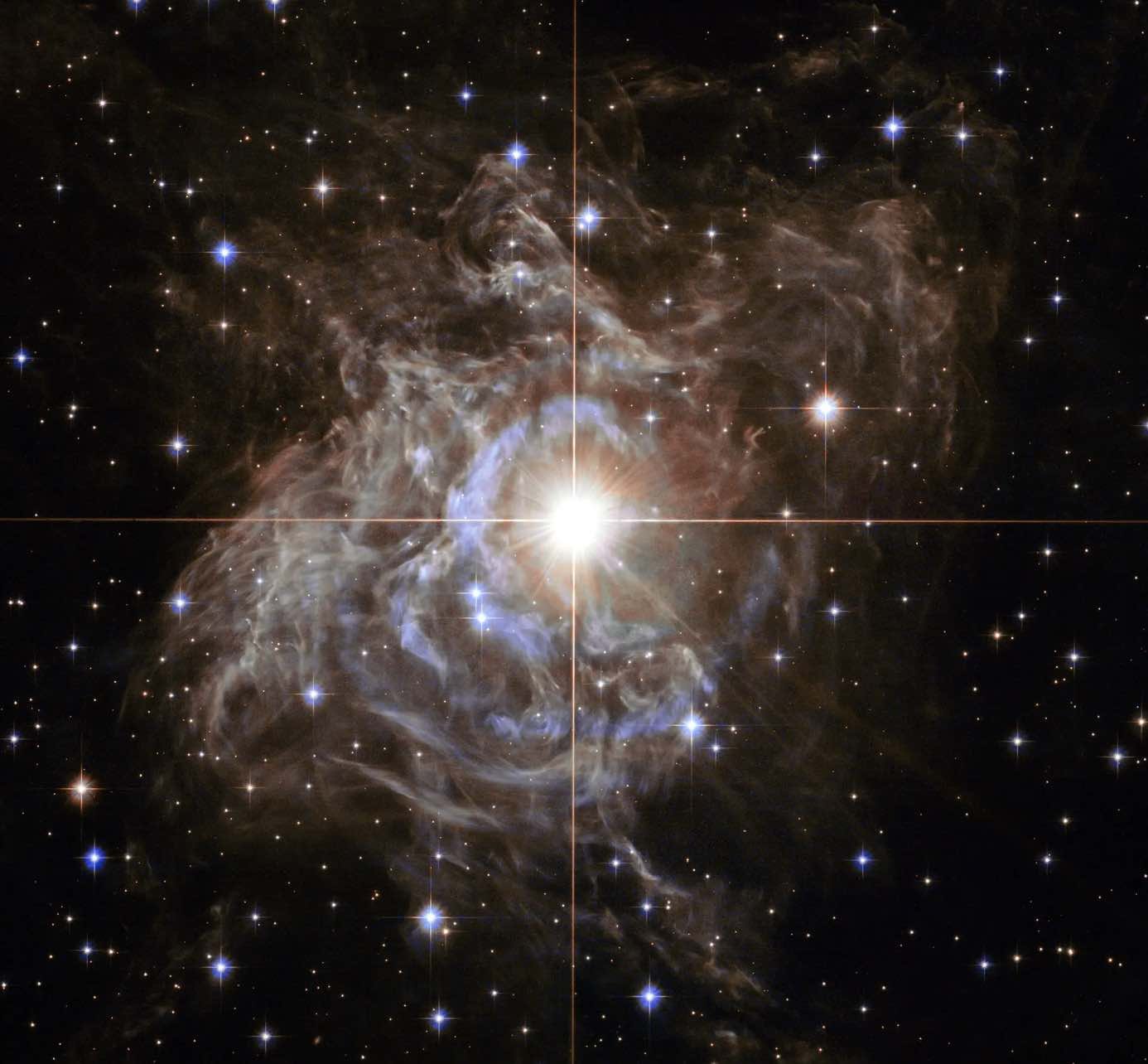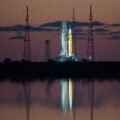A new study has potentially revealed clues to understanding a long held cosmological puzzle, involving a discrepancy in measurements of the expansion rate of the universe.
One of the most significant issues that modern astronomers and physicists grapple with, attempts to reconcile differing views on the expansion rate of the universe have been unsuccessful, and cosmologists remain divided over exactly whether that rate is governed by the Big Bang and measurements of the cosmic microwave background (CMB) or of the stars and galaxies observable today.
The Hubble tension, as this issue is known, remains a perplexing problem in terms of our understanding of cosmology. However, a new study carried out by the Stellar Standard Candles and Distances research group that appeared this week in Astronomy & Astrophysics could move scientists closer than ever to unraveling this longstanding cosmic mystery.
Led by Richard Anderson of the École Polytechnique Fédérale de Lausanne (EPFL), the team behind the study says they have calculated what is believed to be the most accurate calibration of a variety of stars whose brightness is known to change over specific periods. Known as Cepheid variables, the cycling of luminosity these stars possess allows astronomers to gauge their distance from Earth.


According to the team’s study, these variable stars were used to calculate the most accurate distance measurements known to date, with the help of data made available by the European Space Agency (ESA) Gaia mission.
These new measurements from the EPFL study allowed the recalibration of what is known as the Hubble constant, which entails the observation that galaxies are moving away from Earth at speeds that are proportional to their distance, made almost a century ago by astronomers Edwin Hubble and Georges Lemaître.
Another method of calculating the Hubble constant involves the interpretation of the CMB itself. Currently, the best available data on the CMB was collected by the ESA’s Planck satellite, which places it at 67.4 ± 0.5 km per second per megaparsec (the astronomical unit of measurement used to measure objects residing outside our solar system).
“Our study confirms the 73 km/s/Mpc expansion rate, but more importantly, it also provides the most precise, reliable calibrations of Cepheids as tools to measure distances to date,” Anderson said in a statement released by the EPFL.
Anderson describes the novel method devised by the team as a “trick” that they were able to use to “take advantage of the best knowledge of Gaia’s parallax measurements while benefiting from the gain in precision provided by the many cluster member stars.”
However, with regard to the lingering problem of the Hubble tension, a problem arises from the fact that if both of the measurements conducted with these respective methods are correct, then there must be something to account for the discrepancies between them.
In other words, either one of the two methods of measurement could be flawed, or the other possibility is that something about our current understanding of our universe and the physical laws that govern it may be wrong.
“This discrepancy has a huge significance,” Anderson was quoted saying. He and the EPFL team compare the problem to digging a tunnel into a mountain from two separate points on either side of a mountain. If the holes are incapable of reaching a mutual center point, then obviously, there was a miscalculation somewhere along the way.
“That’s what’s going on with the Hubble constant,” Anderson says. “The more confirmation we get that our calculations are accurate, the more we can conclude that the discrepancy means our understanding of the Universe is mistaken, that the Universe isn’t quite as we thought,” a realization that raises questions about several other mysteries of the universe, including dark matter and gravity.
Fundamentally, the results of Anderson and the EPFL team’s study “means we have to rethink the basic concepts that form the foundation of our overall understanding of physics.”
The team’s paper, “A 0.9% calibration of the Galactic Cepheid luminosity scale based on Gaia DR3 data of open clusters and Cepheids,” was accepted for publication in January and appeared in the April 2023 installment of Astronomy and Astrophysics.
Micah Hanks is the Editor-in-Chief and Co-Founder of The Debrief. He can be reached by email at micah@thedebrief.org. Follow his work at micahhanks.com and on Twitter: @MicahHanks.

